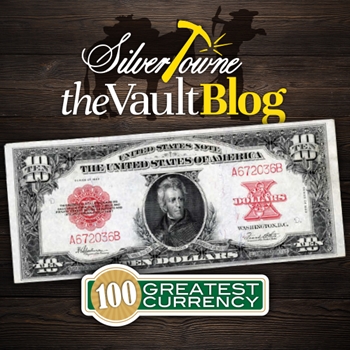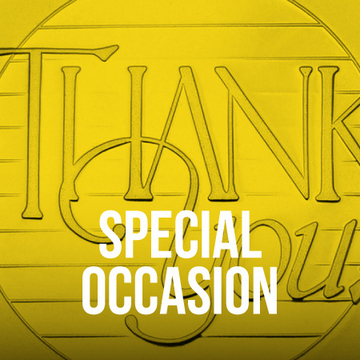
Our next entry in our blog series covering Whitman Publishing’s 100 Greatest American Currency Notes will break down the last large size currency note. Authors Q. David Bowers and David M. Sundman will help us with all the details, including the design impact and shift that it represented at the time.
#46 - Series of 1923 with Jackson Portrait $10 Legal Tender Note
The Series 1923 $10 Legal Tender Note is the last of the large size currency notes in the $10 denomination. The design, featuring geometric engravings, showcases Art Deco. The style became increasingly popular in the 1920s, especially in architecture.
Every note in this series features the signature of Harvey V. Speelman and Frank White, which is another reason collectors flock to the series as there is only one signature combination. They were the register of the Treasury and treasurer of the United States from 1922-1927. Over 690,000 notes were printed and many have survived.
A notable feature of the 1923 $10 note is the portrait of the 7th President of the United States, Andrew Jackson. Authors Bowers and Sundman point out that “it seems to be an unwritten law” within U.S. paper money that whenever President Jackson is depicted on the front of a note, he appears with a “thick lock of hair curling down” in the center of his forehead. For this representation of Jackson, it was Thomas Sully’s portrait that was the basis for the engraved depiction on the $10 note.
The historic market value of the 1923 $10 Legal Tender Note featuring Jackson was estimated at $250 in 1960. By this fourth edition (2006), that same value rose to $7,500.







